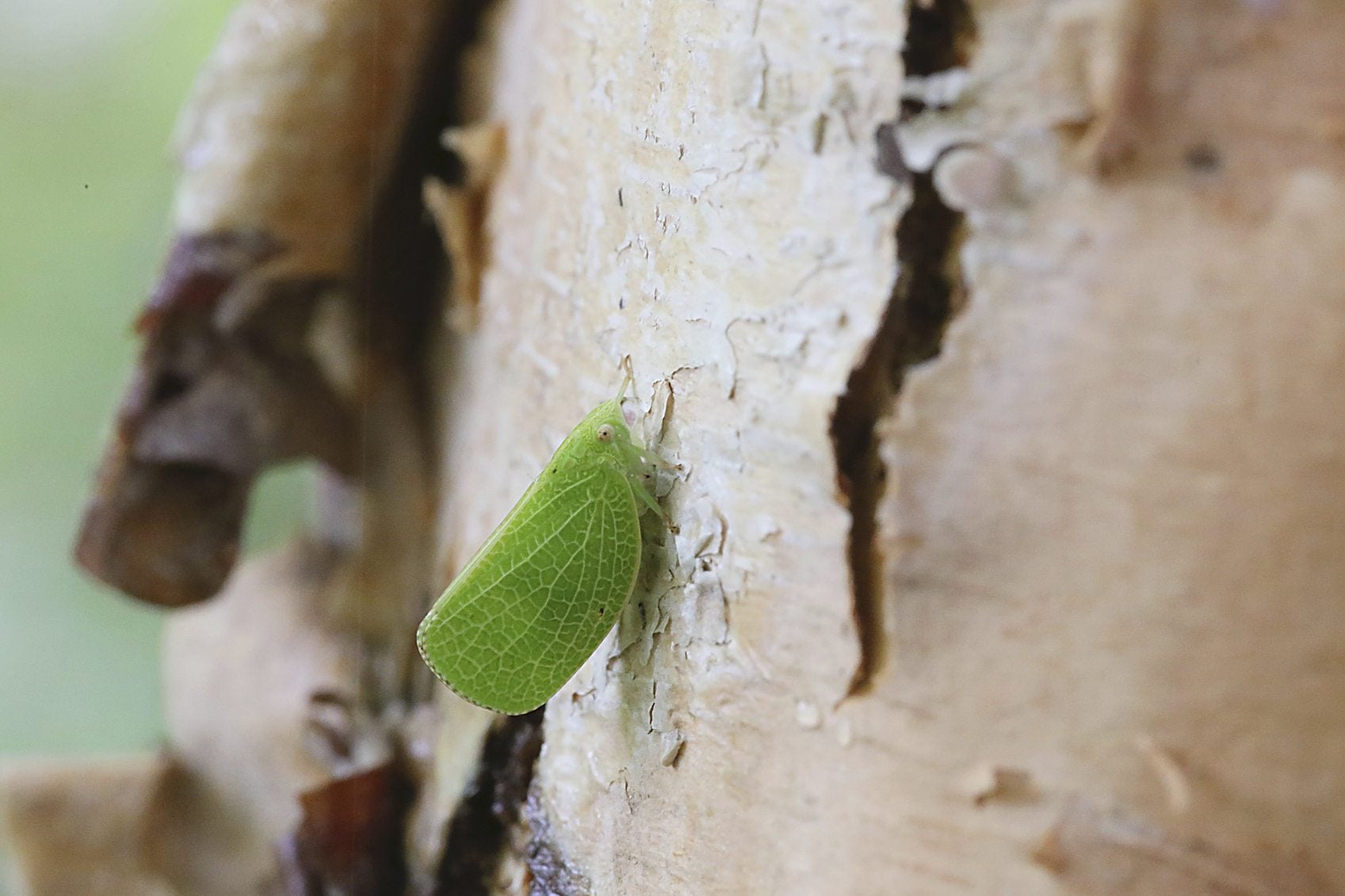Planthopper Insect Pests: How To Get Rid Of Planthoppers


Named for their skill at jumping short distances, leafhoppers can destroy plants when their populations are high. They also transmit pathogenic microorganisms that cause plant diseases. Find out about planthopper control in this article.
What are Planthoppers?
There are more than 12,000 species of planthoppers that vary in characteristics such as color, markings, geographic location and plant preferences. You might also know some of them as leafhoppers, treehoppers and torpedo bugs. Some do very little damage while others are quite destructive. The good news is that as bugs go, planthoppers are among the easiest to control. Planthoppers in the garden feed by piercing plant cells and sucking out the contents. The amount of damage they can do this way depends on the plant. A few planthopper species can also damage plants by transmitting diseases.
How to Get Rid of Planthoppers
There are several things you can try without ever resorting to harsh chemicals when dealing with planthoppers in gardens. You might be able to get rid of them with a strong blast of water from a garden hose. This isn’t a good method to try on delicate plants, but if the plant can take it, you can knock planthoppers, as well as aphids and mites, off of your plants this way. Insecticidal soap is a safe, nontoxic insect killer that won’t harm plants, humans or pets. Mix the spray according to package directions and spray liberally, coating the entire plant. Insecticidal soap only works when it comes into direct contact with insects, so don’t neglect the undersides of leaves where planthoppers like to hide. Avoid spraying during the heat of the day. Some gardeners like to make their own insecticidal soap using dishwashing liquid, but be aware that degreasing or bleach ingredients in dishwashing liquid can damage plants. Although they won’t completely eliminate planthopper insect pests, yellow sticky traps can remove a significant number of them from the garden. You can purchase traps at the garden center or make your own by coating yellow index cards with a sticky substance. Begin by hanging them from plant stems or placing them on stakes six to ten feet apart. If your traps are covered with planthoppers after a week, replace the traps and place them closer together. If you’ve only caught a few planthoppers, remove the traps to keep them from capturing beneficial insects. Your garden won’t suffer significant damage from just a few planthoppers.
Gardening tips, videos, info and more delivered right to your inbox!
Sign up for the Gardening Know How newsletter today and receive a free copy of our e-book "How to Grow Delicious Tomatoes".

Jackie Carroll has written over 500 articles for Gardening Know How on a wide range of topics.
-
 How To Make A Bouquet Garni Or Herb Bundle For Cooking
How To Make A Bouquet Garni Or Herb Bundle For CookingIf you’re a great cook, you may have made an herb bundle before. If this is a new idea, learn how to add sparkle and interest to your dish with a bouquet garni.
By Amy Grant
-
 ‘Coral Charm’ Peony Care For Sublime Semi-Double Peonies With Lush Salmon Pink Flowers
‘Coral Charm’ Peony Care For Sublime Semi-Double Peonies With Lush Salmon Pink FlowersPeonies are known for their soft baby pink or magenta tones, but if plushy coral blooms are your thing, here’s our guide to the ultimate ‘Coral Charm’ peony care
By Tonya Barnett